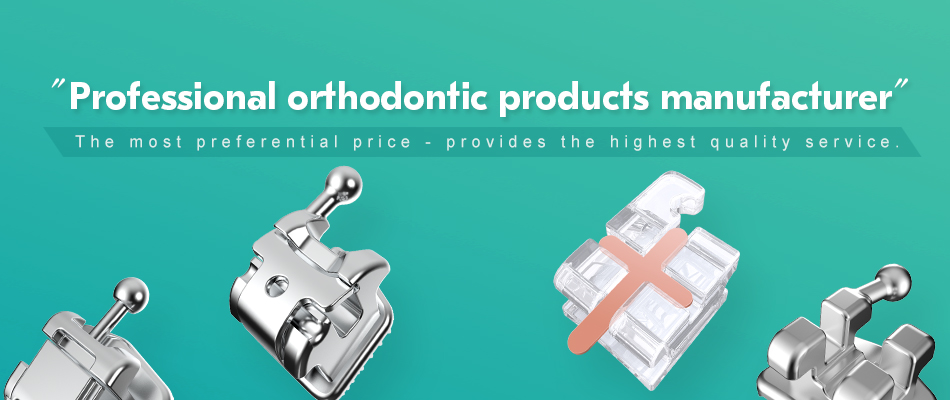In the field of fixed orthodontic appliances, metal brackets and self-locking brackets have always been the focus of patients’ attention. These two mainstream orthodontic techniques each have their own characteristics, and understanding their differences is crucial for patients preparing for orthodontic treatment.
Core structural differences: The ligation method determines the essential difference
The fundamental difference between metal brackets and self-locking brackets lies in the method of wire fixation. Traditional metal brackets require the use of rubber bands or metal ligatures to secure the archwire, a design that has been around for decades. The self-locking bracket adopts an innovative sliding cover plate or spring clip mechanism to achieve automatic fixation of the archwire, which directly brings significant improvement in clinical performance.
Professor Wang, Director of the Orthodontics Department at Beijing Stomatological Hospital affiliated with Capital Medical University, pointed out that “the automatic locking system of self-locking brackets not only simplifies clinical operations, but more importantly, significantly reduces the friction of the orthodontic system, which is its most important feature that distinguishes it from traditional brackets
Comparison of clinical effects: the competition between efficiency and comfort
In terms of treatment effectiveness, clinical data shows that self-locking brackets have significant advantages:
1.Treatment cycle: Self locking brackets can shorten the average treatment time by 3-6 months
2.Follow up interval: extended from the traditional 4 weeks to 6-8 weeks
3.Pain sensation: initial discomfort reduced by about 40%
However, traditional metal brackets have an absolute advantage in price, typically costing only 60% -70% of self-locking brackets. For patients with limited budgets, this remains an important consideration.
Comfort Experience: Breakthrough of New Generation Technology
In terms of patient comfort, self-locking brackets demonstrate multiple advantages:
1.Smaller size reduces irritation to oral mucosa
2.Non ligature design to avoid soft tissue scratching
3.Gentle correction force and shortened adaptation period
My daughter has experienced two types of brackets, and self-locking brackets are indeed much more comfortable, especially without the problem of small rubber bands sticking to the mouth, “said a patient’s parent.
Indication selection: application scenarios with each individual’s strengths
It is worth noting that the two types of brackets have their own indications:
1.Metal brackets are more suitable for complex cases and adolescent patients
2.Self locking brackets are more friendly to adult patients and comfort seekers
3.Severe crowded cases may require strong orthodontic force from metal brackets
Director Li, an orthodontic expert from Shanghai Ninth Hospital, suggests that adult patients with moderate to low case difficulty should prioritize self-locking brackets, while traditional metal brackets may be more economical and practical for complex cases or adolescent patients
Maintenance and Cleaning: Differences in Daily Care
There are also differences in the daily care of the two types of brackets:
1.Self locking bracket: easier to clean, less likely to accumulate food residue
2.Metal bracket: special attention should be paid to cleaning around the ligature wire
3.Follow up maintenance: self-locking bracket adjustment is faster
Future Development Trend: Continuous Promotion of Technological Innovation
The new trends in the current orthodontic field include:
1.Intelligent self-locking bracket: capable of monitoring the magnitude of orthodontic force
2.3D printing customized brackets: achieving complete personalization
3.Low allergenic metal materials: enhancing biocompatibility
Professional selection suggestions
Experts provide the following selection suggestions:
1.Considering budget: Metal brackets are more economical
2.Assessment time: The self-locking bracket treatment is shorter
3.Emphasize comfort: better self-locking experience
4.Combining difficulty: Complex cases require professional evaluation
With the development of materials science and digital orthodontic technology, both bracket technologies are continuously innovating. When choosing, patients should not only understand their differences, but also make the most suitable decision based on their own situation and the advice of professional doctors. After all, the most suitable one is the best correction plan
Post time: Jul-04-2025


